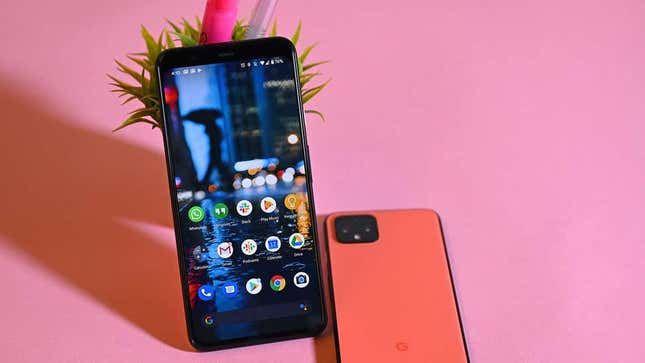
Google just quietly revealed an open-source API standard called Ripple based on the company’s Soli radar technology. Radar was partly responsible for the Google Pixel 4's most gimmicky features, but it’s also how Google tracks sleep in the the newest Nest Hub, and it opens the door for really interesting use cases.
The API is for devices with frequency-modulated continuous-wave (or FMWC) sensors, which are also being used in gadgets like the sleep-tracking smart bulbs that Sengled announced at CES.
Google’s ATAP division, which also worked on Soli, is behind this launch. Automaker Ford and Blumio, a company working on blood pressure-monitoring sensors, are the first consumer brands to hop on board with Ripple. Ford told The Verge it plans to test Ripple’s use as “advanced exterior radars” for its Co-Pilot360 driver-assist technology. Component makers like Texas Instruments, Infineon, and NXP have also signed on to help develop for it.
Curiously, the Consumer Technology Association (CTA), the trade organization behind CES, is driving the push to get companies on board. The CTA offers a bulk of documentation on getting started with Ripple, which means industry-wide adoption is possible.
Opening Ripple up to other developers is exciting since this is a relatively non-invasive technology that can be used in interesting ways. It took a while for Google to figure that out, however. When Google launched the Pixel 4 with Soli radar baked inside, it flopped because it wasn’t the right venue for the technology. All the radar did in the Pixel was enable you to hands-free shuffle through music and quickly unlock the device. It wasn’t game-changing in the least.
Soli made more sense in the second-generation Nest Hub, where Google uses it to enable sleep-tracking from a non-wearable device. The radar can detect how deeply you sleep and even help determine if you snore. It can also be used to pick up on how people move around a room or how many people are in a building.
Ripple’s other major appeal is that the radar-tracking technology doesn’t rely on a microphone or camera to detect movement, so it’s an easier sell for companies who want to make products that are more privacy-minded. Ivan Poupyrev, Google ATAP’S director of engineering, billed it as a technology that can help solve “critical use cases in a privacy-respecting way.”
Amazon has also adopted radar-based tracking, even receiving the go-ahead from the FCC to make its own bedside device. It’s unclear whether any companies will use radar to better serve you ads, but anything is possible.